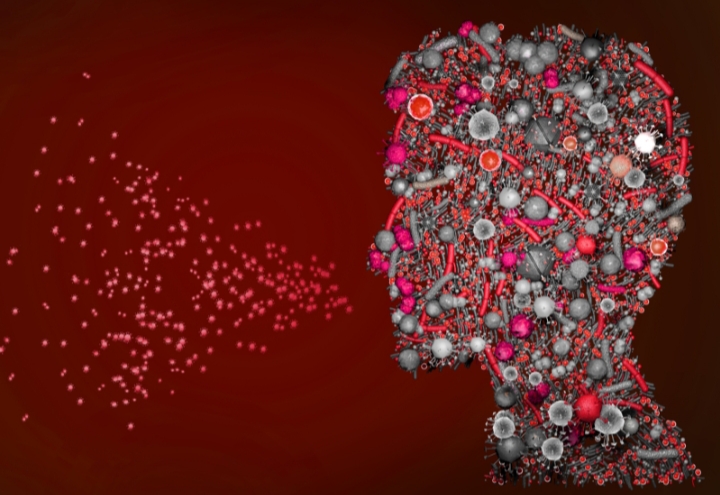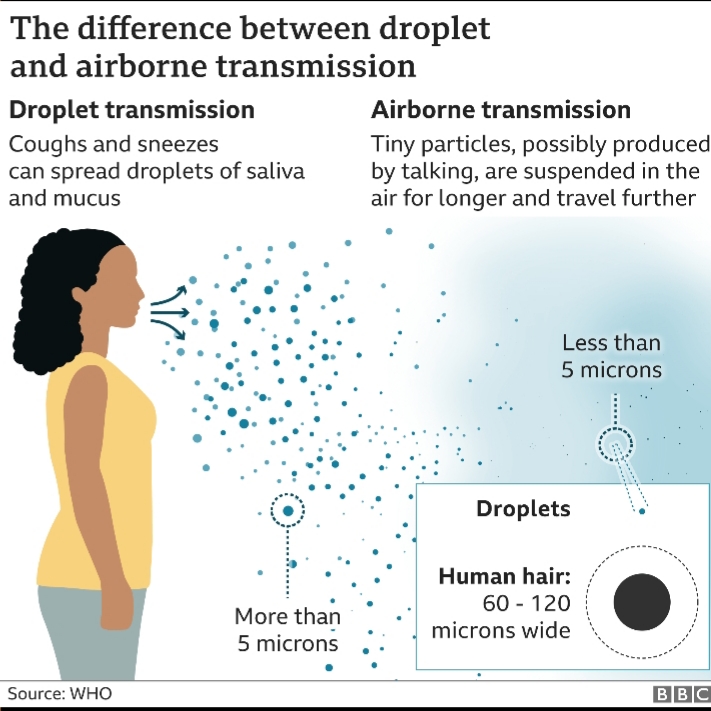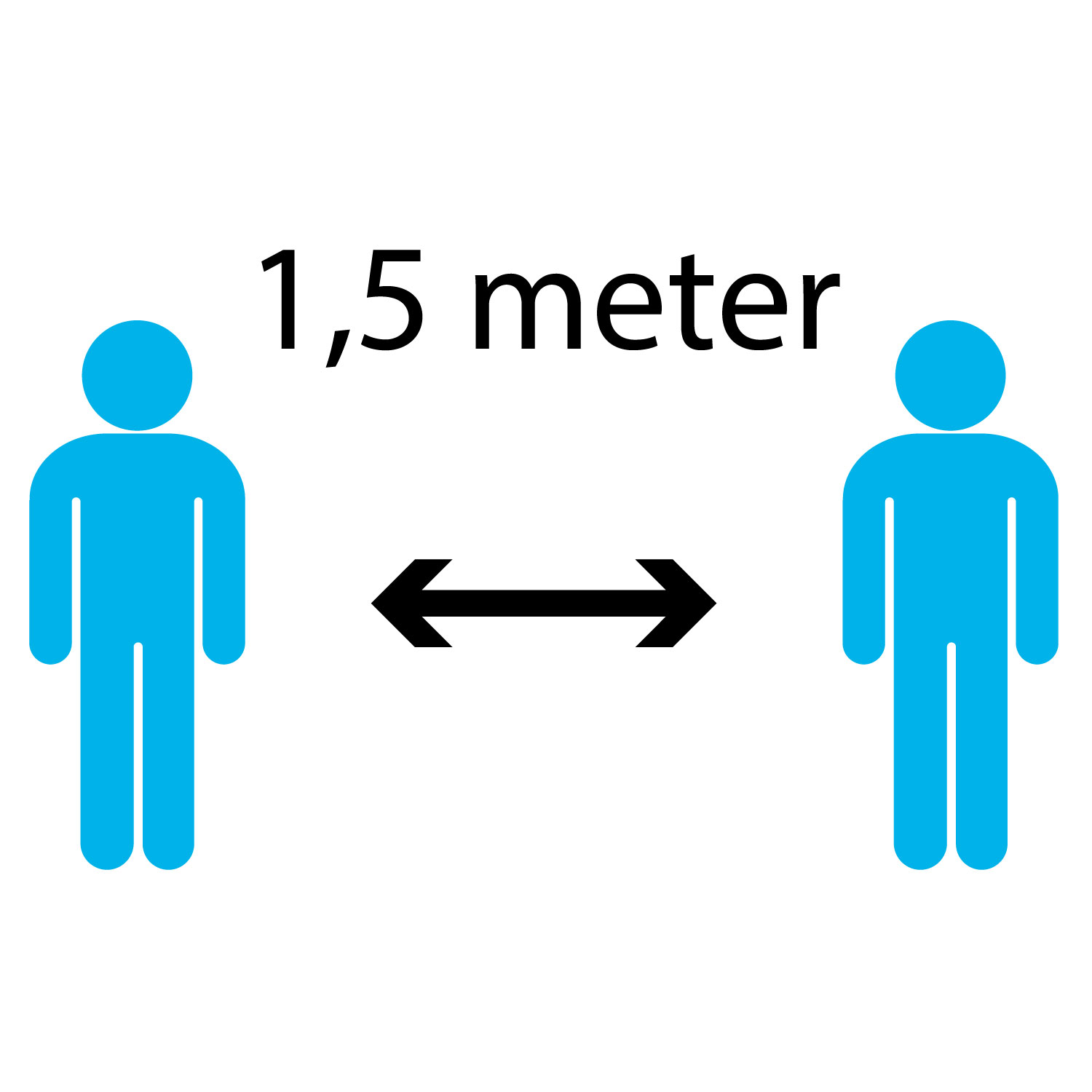COVID19 - THE SAGA CONTINUES....

www.the-scientist.com
Scientists, 239 to be specific, from 32 countries send an open letter to the World Health Organization with an alarming message.
"We are concerned that the lack of recognition of the risk of airborne transmission of Covid-19 and the lack of clear recommendations on the control measures against the airborne virus will have significant consequences," they wrote.
The WHO's stance is that the corona virus, Covid19, spreads only via respiratory droplets which are relatively large more than 5 microns in size. This can happen when a person coughs or sneezes but the large droplets is heavy and fall to the ground quickly.
But talking, coughing, singing, or exhaling can also release smaller particles (less than 5 microns) called aerosols or microdroplets. For airborne transmission to occur, these particles have to stay in the air and remain infectious over time. The measles virus, for instance, can live for up to two hours in the air where an infected person coughed or sneezed.

The WHO denied that there is evidence that the corona virus spreads this way. This is in contrast to new research that suggests otherwise. There are several studies that have shown that
microdroplets carrying the coronavirus can linger in the air for several minutes, allowing them to travel more than 6 feet (2 metres) away from an infected person.
This is especially true about crowded and indoor areas that don't have good ventilation.
Some scientists have suggested that airborne transmission may have been responsible for coronavirus outbreaks at a choir practice in Washington state and a call center in South Korea.
The dangers about the WHO not acknowledging airborne transmission is that people will think that they are adequately protected by following the current recommendations, but with an airborne virus more preventative measures are needed to reduce the risk of infection.

www.freepik.com
The WHO current recommendations for reducing coronavirus spread, focus mainly on hand washing and social distancing.
The scientists said these two measures were "insufficient" to protect against airborne transmission.
Although the WHO on 5 June started to recommend that people wear face masks in public and avoid crowded places, these measures might not be enough to protect the public.
Research have shown that face masks play a big role in lowering airborne transmission. WHO is very slow to recognize new science.
Dr. Benedetta Allegranzi, told the New York Times on Saturday, 4 July that they have been stating that they consider airborne transmission as possible, but not supported by clear evidence.
But the scientist in their open letter states that "air particles definitely pose a risk beyond any reasonable doubt".
This represents another instance where the WHO
has shied away from issuing public-health recommendations based on emerging science.
When the Center for Disease control early April advised people to wear masks in public, the WHO contradicted this recommendation by saying there was no need "for healthy people to wear masks".
Then last month, WHO's technical lead for the coronavirus, Dr. Maria Van Kerkhove, suggested that asymptomatic spread of the coronavirus was "rare". The statement conflicted with a spate of recent research suggesting that asymptomatic spread played a major role in coronavirus transmission. WHO later walked back its remarks, saying there was a "misunderstanding".
I have been saying to my family all along: somewhere somebody got it wrong because if hand washing, wearing your mask and keeping your distance prevents the disease from spreading, how can so many people get infected?
I won't go into this but I also said: that this virus is much more infectious than they are telling us. I based this opinion of mine on the big numbers of health care workers and doctors that got sick. They have all the protective clothing, the best masks and enough hand sanitizer in the hospitals. Why do they get sick? Just today a South African nurse died.
So, yes the saga continues and maybe the plot thickens as some countries experiencing a second wave of Covid-19 and are going back into hard lockdown.
Source: https://www.businessinsider.co.za/who-coronavirus-may-be-airborne-could-float-indoors-2020-7
Thank you for reading.

hope777
GREAT POST!!!
Thank you for publishing it to our community feed!
Compliments of the PHC founder @jaynie...
We have tweeted, upvoted and reblogged it for you.
❤ MWAH!!! ❤
JOIN OUR DISCORD COMMUNITY
SUBSCRIBE TO OUR COMMUNITY FEED
FOLLOW US ON TWITTER
Thank you @steemitbloggers and @jaynie.🤩
I know something is fishy there. The only thing we could do is to protect ourself and pray, right?
Yes, that is right. We can only do so much and rely on God to do the rest!
That's true😊
Good information for know about this 👌
Thank you for taking the time to read and comment. I really appreciate!
Nice Post on a timely topic. Going back to what you were telling your family, the infectious features of the virus have to be taken in consideration as you said. However, it is not the only reason that causes the virus to spread. Another main reason is that despite telling people over and over again about the importance of basic hygiene rules to prevent contagion, some think that they are "immune" to it and therefore stop washing frequently their hands or stop wearing masks. As all pandemic before this one, we are facing an invisible threat. The famous say "I believe only what I see" is a big threat by itself as it leads people to adopt the wrong behavior. And this goes along with increasing "anti-science" movements...
Thank you @docjulian for taking the time to read and comment. Yes, it's true in the beginning of the lockdown here in South Africa some people took to streets and party.
Not adhering to social distancing. We are now also over 200000 infections and almost 4000 have died. It's now at the stage that you know someone who got infected.
We have several problems with social distancing. We have informal settlements where a lot (maybe the majority) lives. They live up to 8 people in a 2 room house. That presented problems 1 during hard lockdown. It was still summer and people could not stay inside. Going outside also present with problems as these houses are very near to each other. Very difficult for social distancing.
Informal settlements
Problem 2, the taxis are mini busses that can take about 15 people. The government said they are only allowed to be 70% full but they started to strike saying they cannot survive on 70% full so they are not adhering.
This is public transport.
The wearing of masks are a joke. People don't wear it correctly. Most people's masks sit below their nose or under their chin. I watched people removed a mask, once they are off the taxi, fold it up and put it into their handbag.
What about the germs that might be on it.
That's another post I still want to make about the masks.
So you are right, people adopt the wrong behaviour.
Enjoy your weekend further.
Lots of good points. Looking forward to reading your upcoming posts!
Thanks, great, see you around. 🙂